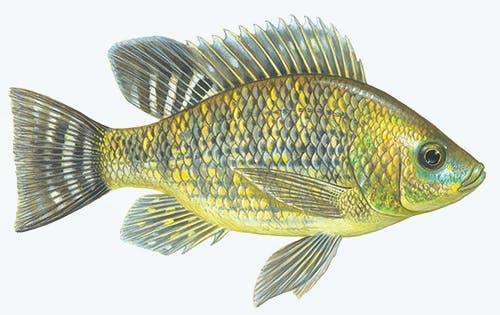All feed formulas developed by Aller Aqua at the Aller Aqua Research Centre follow these requirements to ensure proper growth and health:
Protein Needs:
Tilapia are omnivorous and have moderate protein requirements, generally around 28-35% crude protein for optimal growth. Younger fish require higher protein (up to 35-40%) while adult tilapia can thrive on lower protein levels.Fat and Energy Needs:
Lipid content in feed is typically 5-8%, supplying energy and essential fatty acids. Tilapia efficiently converts plant-based ingredients into energy, making plant protein sources more viable.Essential Nutrients:
Tilapia require balanced vitamins (A, D, E, C, B-complex), minerals (calcium, phosphorus, potassium), and fatty acids. Because tilapia can utilize plant-based diets well, feeds often include soybean meal, corn, and other local agricultural by-products enriched with essential micronutrients.
